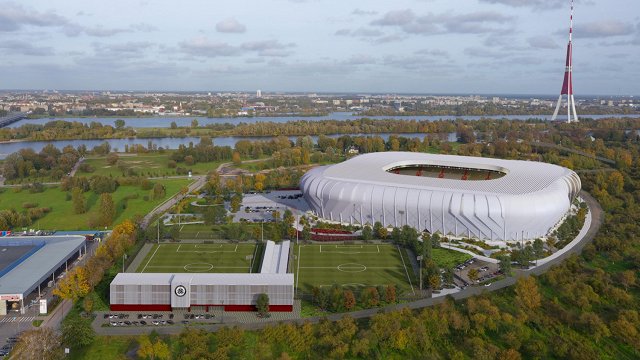The penalty for driving on a public transport lane is €40, and the legislature has not provided for a warning or any other amount. Electric cars, motorcycles, and taxis can drive on the public transport lane, while others can only do so if it is necessary to turn right, but taking the lane only shortly before the junction.
Riga Municipal Police spokesman Toms Sadovskis said that since the beginning of this year, there have been just over 1,600 such violations.
The main advantage of public transport lanes is that transport movement becomes more predictable and accurate. This is demonstrated by studies before and after the construction of the public transport lane.
The decision to install public transport lanes is initiated by the public transport company Rīgas Satiksme and is then evaluated by Riga City Council Mobility and Outdoor Space Department. Places to carry out raids are chosen following received complaints from residents, as well as the traffic department reporting where road traffic rules are most commonly violated.
LTV's 4. studija went on a police raid in which drivers using public transport lanes were observed. Within 5 minutes three drivers were caught driving on public transport lanes, one of them without a valid driving licence.
Due to bad weather, the drone could not be used during the raid, however, the senior inspector of Riga Municipal Police Edgars Pelnis showed how mobile CCTV cameras operate.
"We are on Vaidavas Street, where municipal police mobile cameras have been installed. They record drivers driving down this public transport lane and the police officer will remotely send the decision [to the offender] home by post," Pelnis told LTV.
On Vaidavas Street, for example, when police deploy drones, about 40 drivers who drive along a public transport lane are caught within a day.
"In the future, the ideal option would be for us to have the kind of system that automatically does everything, which is to say that the system itself reads the license plate, compares itself to the databases of the type of vehicle it is, and then automatically the computer sends that decision itself. But there will be some time to live until then, and in the meantime we will need a person in between,” Sadovskis said.

























